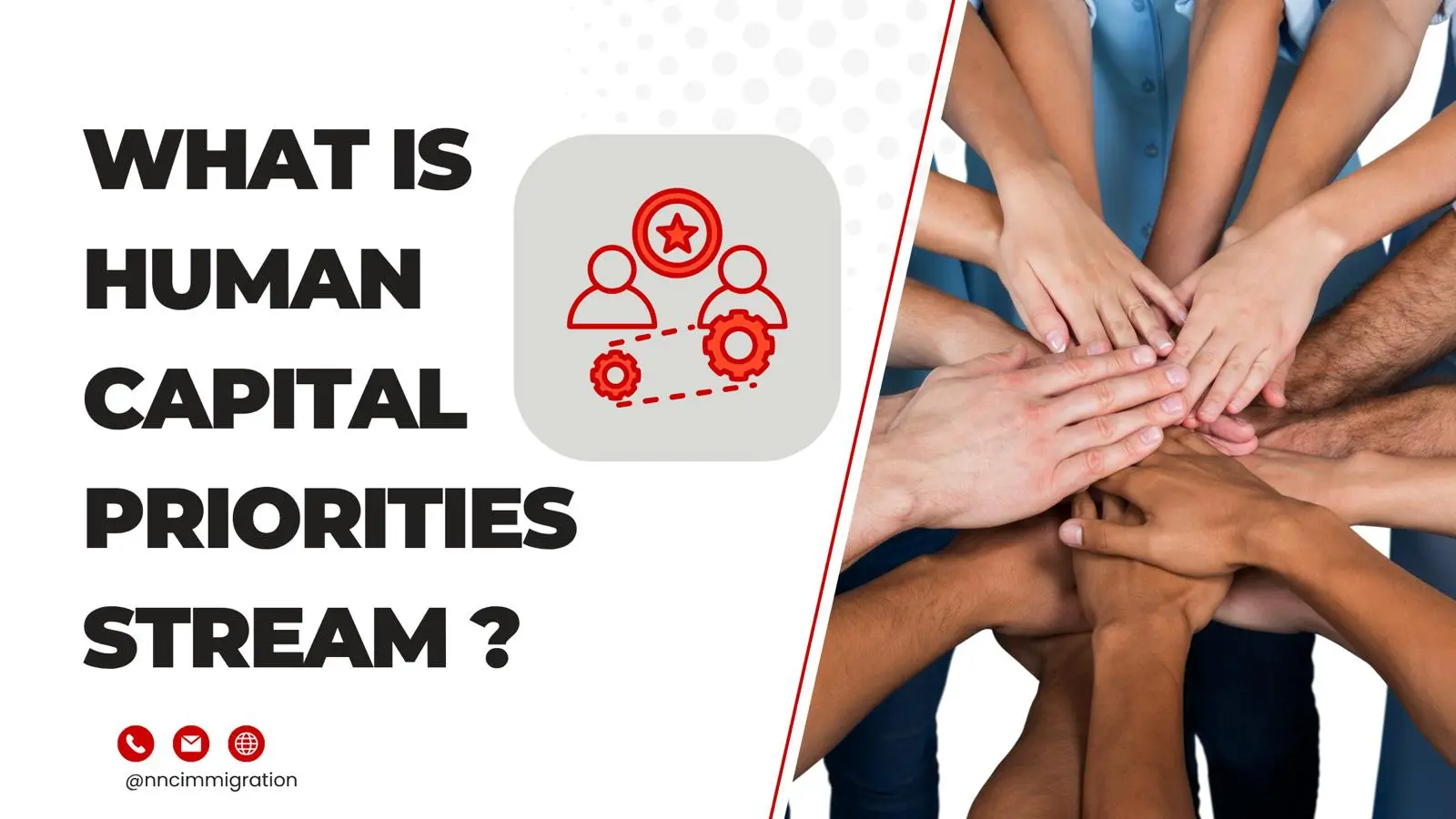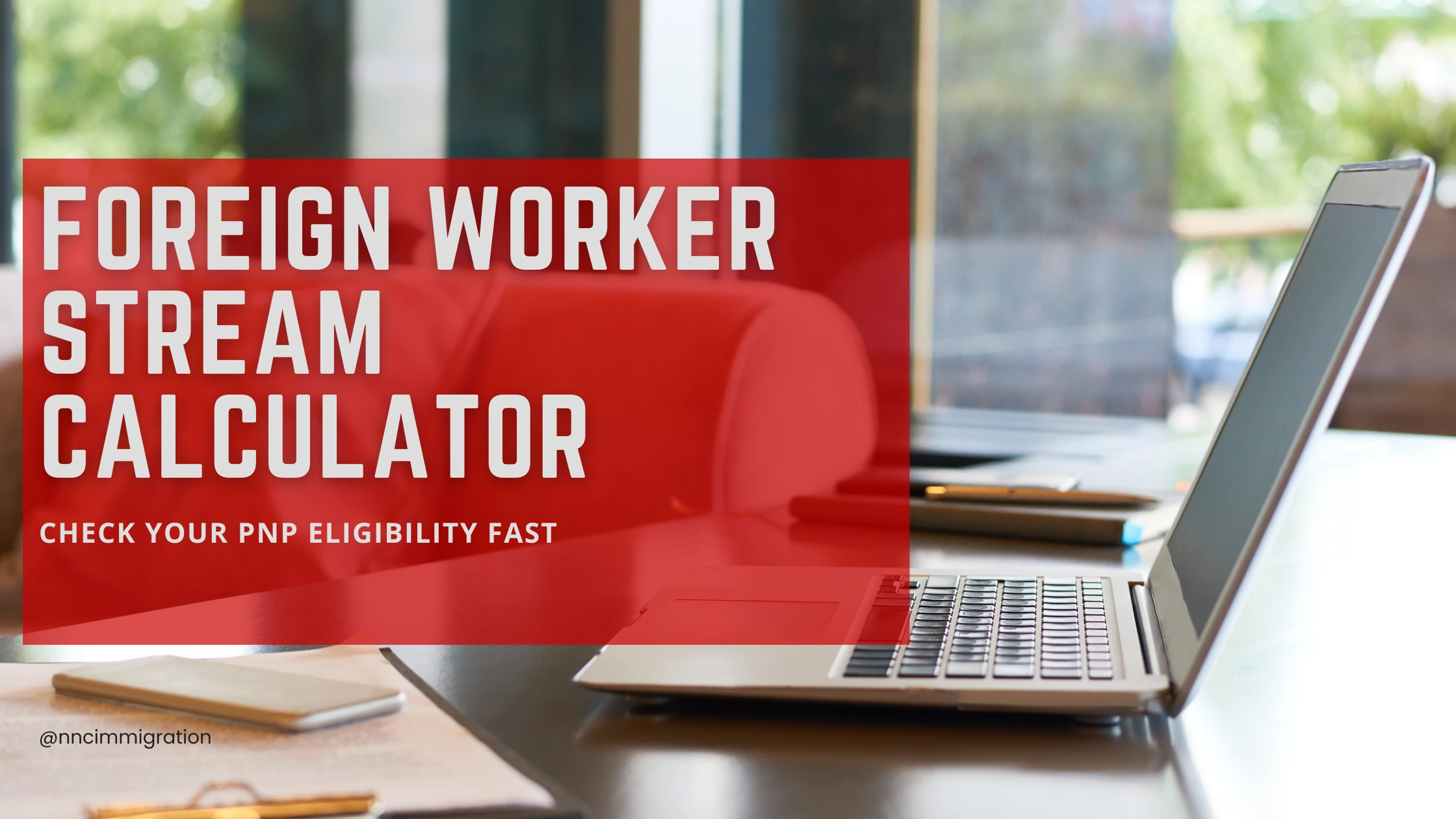Your CRS score decides how competitive you are in Canada’s Express Entry pool. The good news? You’re not stuck with your current score. With the right plan, you can raise it—sometimes by a lot. In this guide, we share 15 practical tactics that real applicants use. We label each tip with Impact (Small / Medium / Large) and Effort (Low / Medium / High) so you know what to try first.
Want to see how much these changes could help your profile?
Test your current CRS in 60 seconds → CRS Calculator.
Fast Wins to improve CRS Score (often 1–8 weeks)
These ideas are quick to start and can create meaningful jumps in your score.
1) Retake IELTS/CELPIP (aim for CLB 9–10)
Impact: Large | Effort: Medium
Language scores affect many parts of CRS, including core points and skill transferability. Even raising one skill (like Listening) can push you over a key threshold (CLB 9 or CLB 10), which may unlock extra points.
How: Focus on your weakest skill first. Use official practice tests. Book an early date to keep momentum.
Pro tip: Do a mock test, then drill just the sections that hold you back.
Try our CLB Level Calculator
2) Add French (TEF Canada / TCF Canada)
Impact: Medium to Large | Effort: Medium
French can add bonus points on top of English and may also make you eligible for certain category-based draws. You don’t need to be perfect; hitting certain CLB levels can still help.
How: Start with basic prep for listening and reading. Learn high-frequency exam phrases.
Good to know: Even moderate French can be a difference-maker.
3) Clean up your work history (accuracy + NOC match)
Impact: Medium | Effort: Low
You only get points for qualified, paid, skilled work with the right NOC/TEER match. Small mistakes—like overlapping dates or wrong NOC—can lower your total.
How:
- Confirm each job’s NOC matches your main duties (not just the title).
- Separate Canadian and foreign experience.
- Remove overlaps or explain them clearly.
4) Compare “You as principal applicant” vs. “Spouse as principal applicant”
Impact: Medium to Large | Effort: Low
Sometimes your spouse’s age, language, or education gives a higher total if they are the principal applicant.
How: Plug both versions into the calculator and compare.
Tip: You can still add spouse points from the non-principal partner.
Medium Wins to increase CRS Score (1–3 months)
These take a bit more time but can create strong boosts.
5) Maximize your ECA (Educational Credential Assessment)
Impact: Medium | Effort: Medium
Your ECA determines how your foreign education compares to Canadian standards. The right combination of credentials can lead to a stronger equivalency (for example, “two or more credentials”).
How:
- Assess all post-secondary credentials where it makes sense.
- Read the ECA result line carefully (it names the Canadian equivalency).
- If unclear, contact the ECA provider and ask about options.
6) Explore Provincial Nominee Programs (PNP)
Impact: Large | Effort: Medium to High
A PNP can add a major chunk of points and often pushes candidates over draw cut-offs. Each province has its own streams and priorities (e.g., occupation, language, employer ties).
How:
- Check which provinces target your occupation or experience.
- Watch for intake openings; prepare documents so you can apply quickly.
- Note: PNP requires effort, but the payoff can be huge.
7) Gain or document Canadian work experience (PGWP, co-ops, LMIA roles)
Impact: Medium to Large | Effort: Medium
Even one year of qualified Canadian experience can significantly improve CRS, especially when combined with strong language scores.
How:
- If you’re on a PGWP, plan roles that match skilled NOC/TEER.
- Keep accurate records: job letters, duties, dates, and hours.
8) Secure a valid job offer (often LMIA-based)
Impact: Medium to Large | Effort: Medium to High
A qualified job offer can add points. Requirements vary by job level and whether it needs an LMIA.
How:
- Work with employers who understand LMIA and timelines.
- Make sure the offer meets IRCC criteria to claim points.
Strategic Moves to get better CRS Score (3–12+ months)
These are bigger plays. They take time but can transform your profile.
9) Add a Canadian credential (e.g., 1-year program)
Impact: Medium to Large | Effort: High
Finishing a Canadian diploma or certificate can add points and open doors (e.g., PGWP, better jobs, PNP).
How: Choose a program aligned with your background and future role. Check that it’s eligible and recognized.
10) Raise French to CLB 7+ (bilingual bonus potential)
Impact: Medium to Large | Effort: Medium to High
If you already started French, pushing to CLB 7+ can unlock additional points and category-based opportunities.
How: Take a structured course, practice daily listening/speaking, and do timed mock tests.
11) Target occupations that provinces want
Impact: Medium | Effort: Medium
Some provinces frequently invite specific NOCs (e.g., healthcare, STEM, skilled trades).
How:
- Track recent PNP news and occupation lists.
- Align your job search and resume toward those in-demand roles.
12) Build a stronger employment story
Impact: Small to Medium | Effort: Medium
Clear documentation prevents point loss: experience letters, duty descriptions, and consistent timelines.
How: Prepare standard templates for past employers to fill. Keep pay records and contracts organized.
13) Improve English beyond CLB 9
Impact: Medium | Effort: Medium
Even if you hit CLB 9, pushing to CLB 10 can yield extra points and improve transferability.
How: Focus on advanced vocabulary, inference reading, and high-score writing structures (coherence, task response).
14) Add proof of sibling in Canada (if applicable)
Impact: Small to Medium | Effort: Low
If you have a brother or sister who is a Canadian citizen or PR and meets the rules, you may get bonus points.
How: Collect proof of relationship and their status documents. Ensure names/addresses line up across records.
15) Keep every date and document up to date
Impact: Small (but essential) | Effort: Low
Expired language tests or missing pages can cost you.
How:
- Track test expiry (most are valid for 2 years).
- Keep passports and ECAs current.
- Update your profile as soon as things change.
Checklist: What to Do This Week
- Today:
- Run your baseline: Test your current CRS in 60 seconds → CRS Calculator
- Compare “you vs. spouse” as principal applicant.
- This week:
- Book your next IELTS/CELPIP (or TEF/TCF) test date.
- Start focused prep on your weakest skill.
- Verify your NOC/TEER for each job; fix any mismatches.
- Gather documents: reference letters, pay records, contracts, ECA report.
- Next 2–4 weeks:
- Explore PNP streams that match your profile.
- If eligible, start French basics and a TEF/TCF study plan.
- Ask past employers for clean, detailed experience letters.
- Ongoing:
- Re-run your score after each change → CRS Calculator
- Track test validity dates and keep copies of everything.
FAQs
Does age kill my score?
Age matters, but it’s not everything. Strong language, Canadian experience, French, a PNP, or a valid job offer can offset age. Many applicants over 30 still succeed by stacking the right factors.
Is PNP the only way to get invited?
No. PNP is powerful, but not the only path. High language scores, Canadian experience, French, and strong skill transferability can also get you there—especially in category-based draws.
Can I get points for part-time work?
Yes, if it is paid and meets IRCC rules. Part-time hours can be combined to equal full-time. Keep records of hours per week, pay, and duties. Self-employment has special rules—check them carefully.
What if my spouse has better language or age points?
Test both options in the calculator. Sometimes switching the principal applicant raises the total by a meaningful amount.
I studied abroad. Do I really need an ECA?
If your highest education is from outside Canada and you want to claim those points, you usually need an ECA. It proves the Canadian equivalency of your degree or diploma.
What if my IELTS is strong but my writing is weak?
Target writing with high-impact practice: model answers, timed tasks, and feedback on structure and coherence. A small bump can unlock key thresholds.
See How Much You Can Gain
You don’t need to guess. Model different scenarios in seconds—new IELTS scores, French bonus, spouse switch, PNP, job offer, Canadian credential—and see your before/after instantly.



